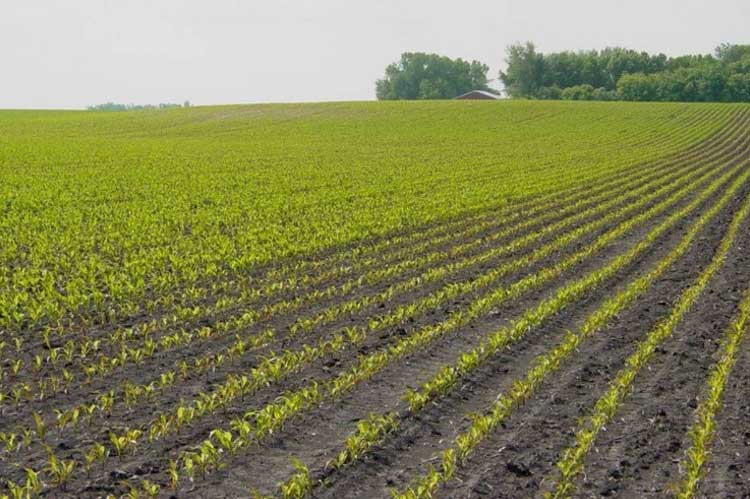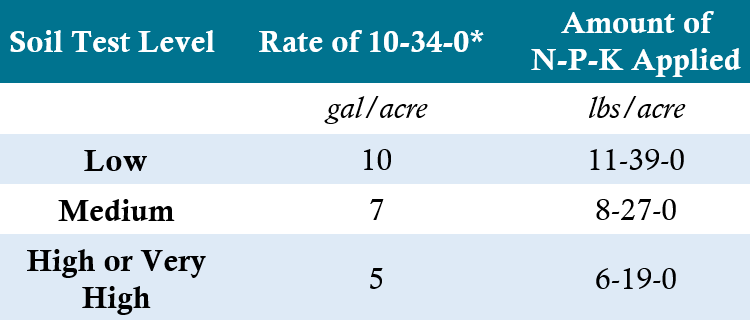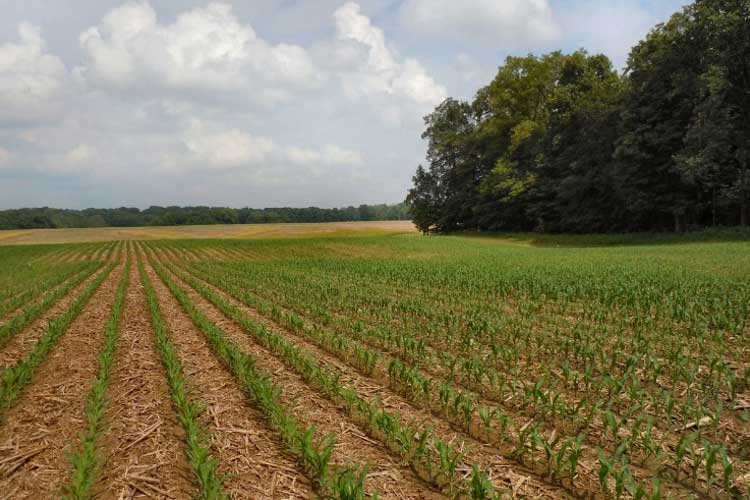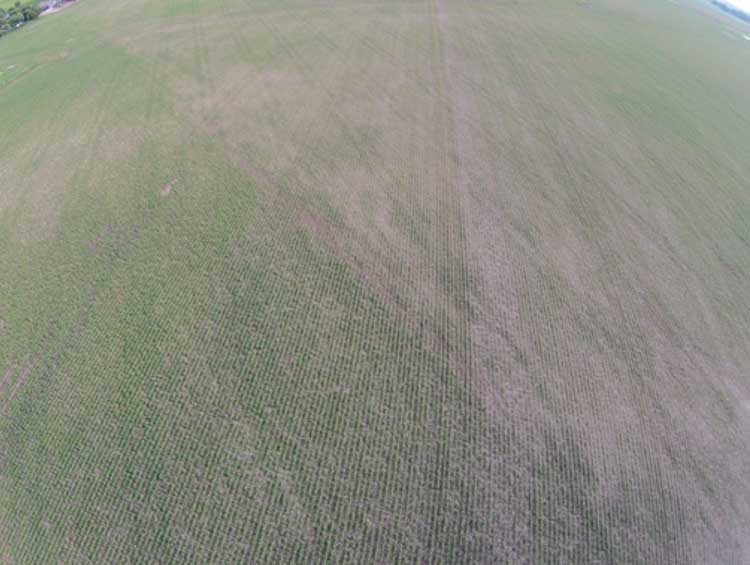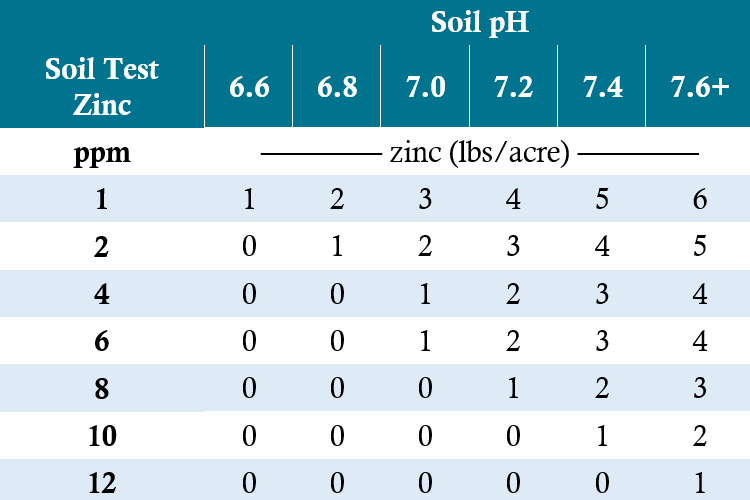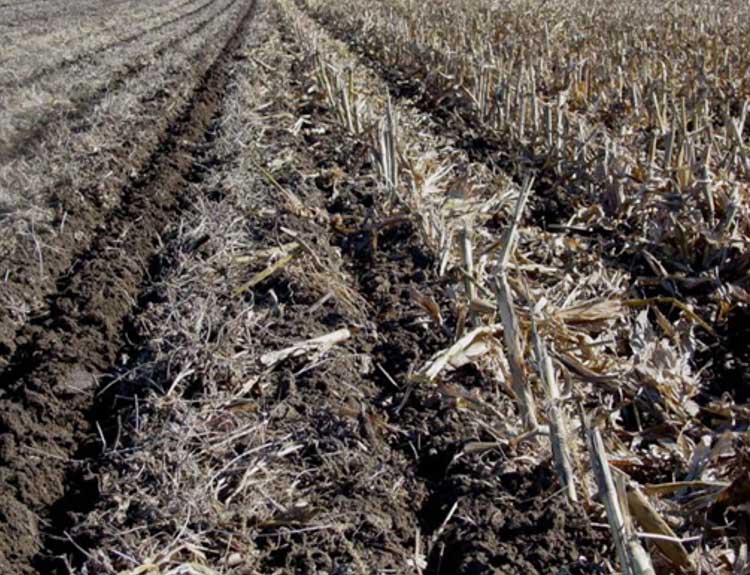Something went wrong. Please try again later...
Key Points
- With the shorter growing seasons of Northern latitudes, getting a corn crop off to a strong, fast start is critical to maximize yields.
- The rotation scheme into which corn is integrated can influence optimal management practices.
- Corn planted following sugarbeets or canola can encounter corn-following-sugarbeets (CFS) syndrome, which requires more attention to the starter fertilizer program.
- Corn following a non-grass crop such as sunflower, pulses, alfalfa, or soybean will typically have lower insect and disease pressure.
- Small grains and flax leave behind a large amount of crop residue that slows the warm-up of the soil in the spring and creates a challenging environment for growth of young corn plants.
- Corn following alfalfa or pasture can take advantage of improved soil structure.
- General recommendations for corn production in Northern latitudes include avoiding spring tillage when possible, avoiding planting into cold, wet soils, managing residue, and use of starter fertilizer.
The foregoing is provided for informational use only. Please contact your Pioneer sales professional for information and suggestions specific to your operation. Product performance is variable and depends on many factors such as moisture and heat stress, soil type, management practices and environmental stress as well as disease and pest pressures. Individual results may vary.
